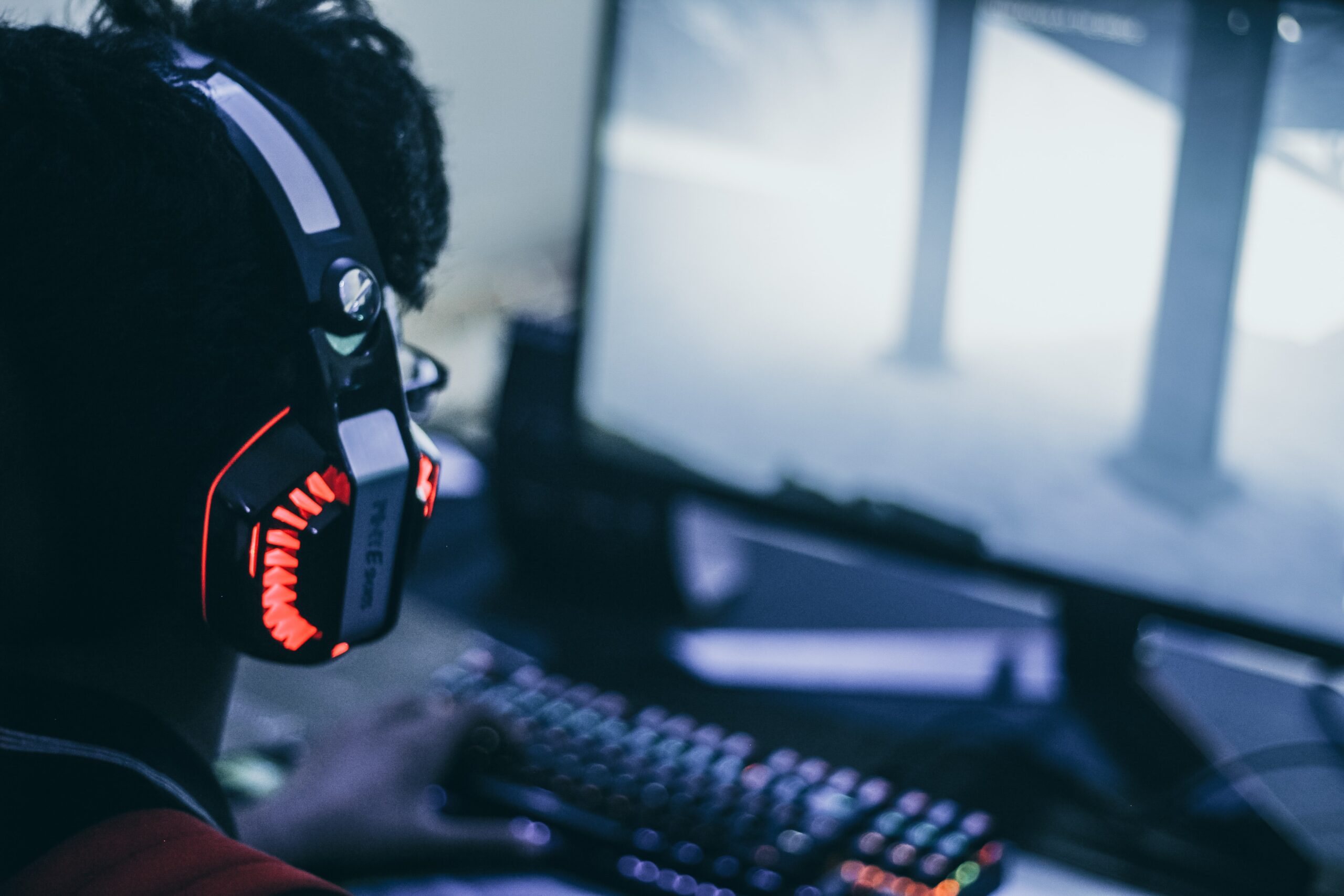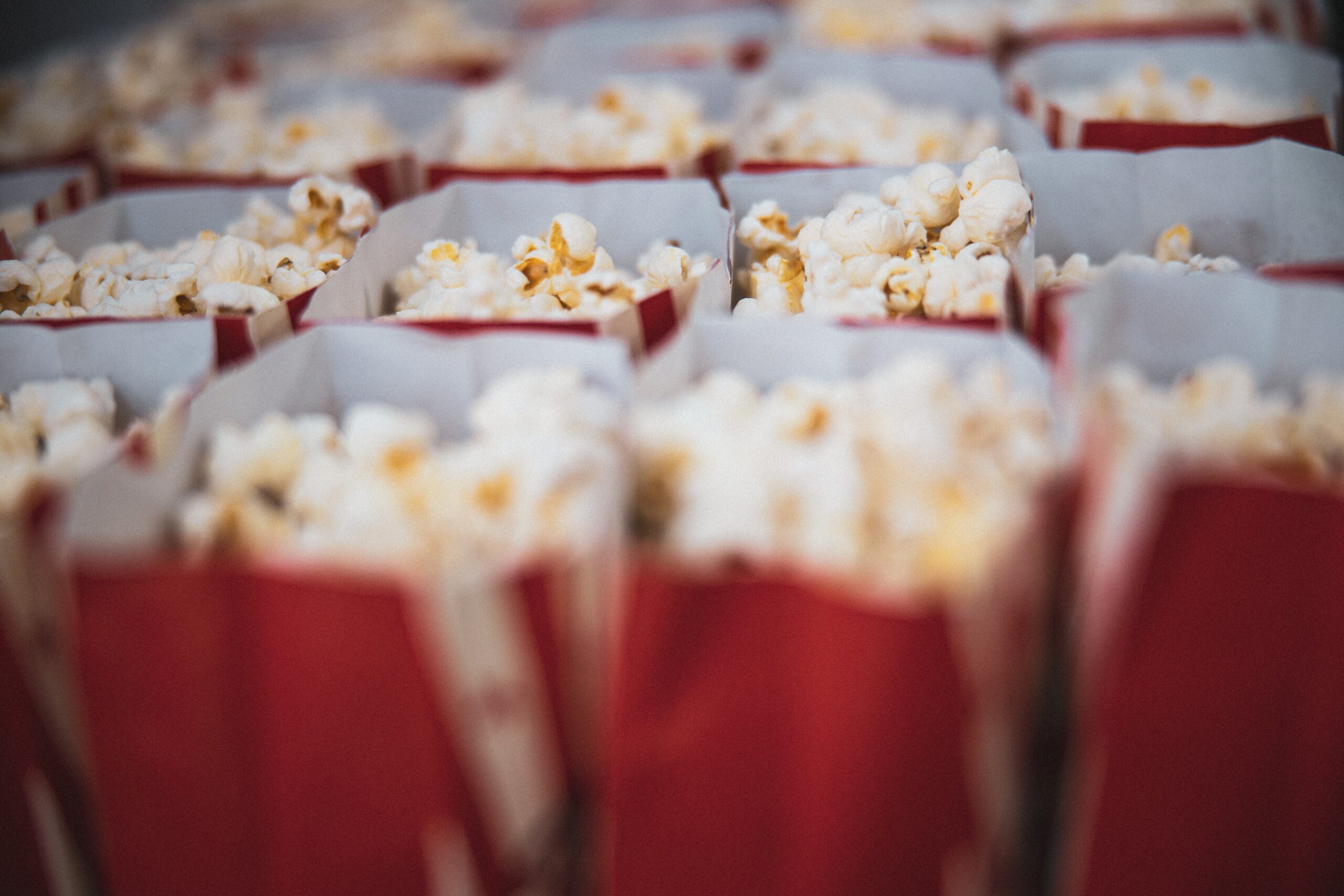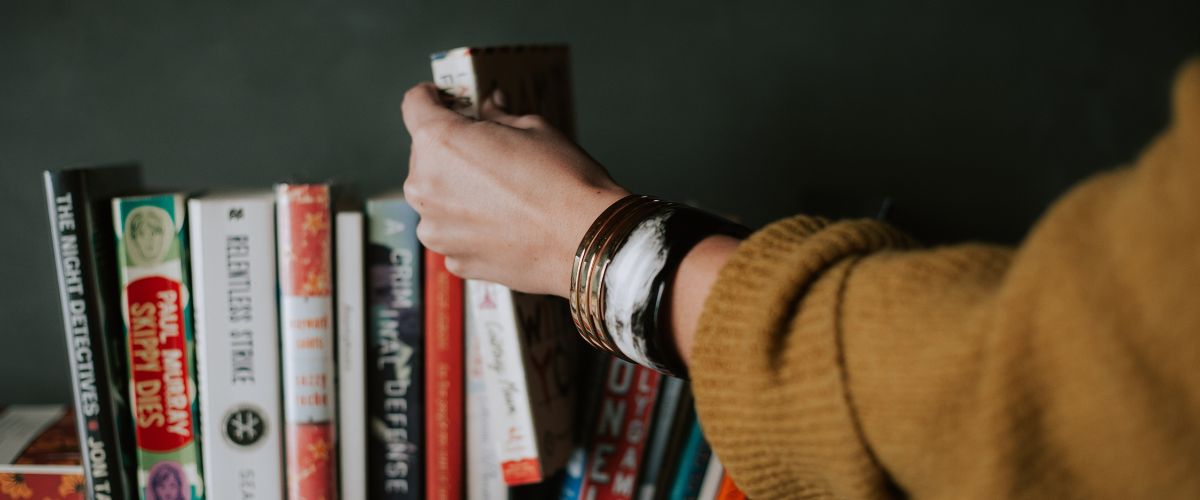It goes without saying that the movie making industry has gone through massive changes in recent years. Movie making and technology have been entwined since the beginning of filmmaking, and now more than ever, the two are inseparable. There has been a steady rise to glory of movies with extraordinary special effects, especially if the last Oscars are anything to go by.
Traditionally, special effects fall into two categories, mechanical effects and optical effects. These effects are incorporated during the actual filming, and have been distinguished from visual effects, which are used post-production during editing. Mechanical effects are accomplished by using mechanized props, scenery, animatronics, scale models and pyrotechnics in the set design. Atmospheric effects are also used, such as creating physical wind, fog, clouds, snow or rain. Some of the most commonly used special visual effects in movie making include:
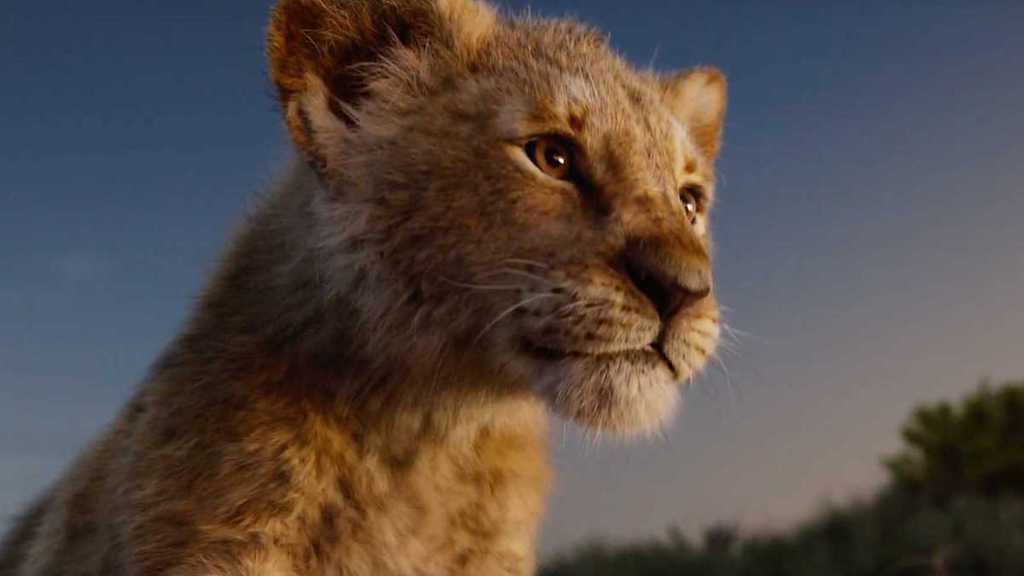
CGI (Computer Generated Imagery)
Computer generated imagery has been one of the most popular special effects techniques in use. CGI uses computer graphics to produce images in films. It is one of the initial special effect technologies, having been in use even in the 1990s.
Motion Control Photography
Camera movements are precisely controlled through motion control photography. This approach also enables repetition of the camera movements. Several elements are filmed with the same camera motion, from which a single image is composed from the components. This process can also smooth out individual effects in photography.
Stop Motion Animation
This is a technique used in animation, whereby an object is physically manipulated to appear to move on its own. One type of stop motion animation uses plasticize, and is referred to as clay animation. Other types may not need models though, and can use human beings. This is known as pixelation animation. Household appliances can also be used.

Matte Painting
Movie makers can create the illusion of an environment not found at the shooting location by using a dyed representation of a location, landscape or set. This representation is called a matte painting. The images are then combined with live-action footage.
Bullet Time
This effect is used to transform space and time. It acts by separating time and space of a visible object from that of a camera. Different terms that have been used to refer to this technique include view morphing, time slicing and temps mort.
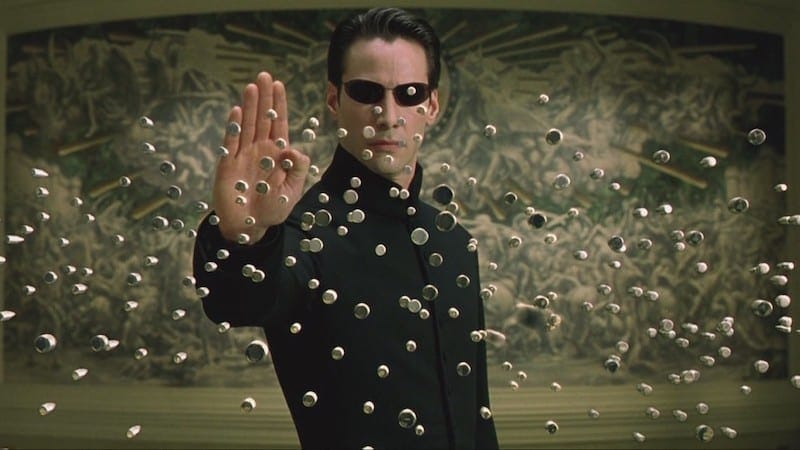
Digital Compositing
Multiple images are assembled digitally, to produce a final image, screen display or motion pictures. This compositing involves combination of optical elements from different sources into images, so that they all become part of the same screen. Green screen, chromatic key or blue screen are some of the terms used to refer to live-action shooting for compositing.
Virtual Cinematography
When using graphics, cinematographic techniques are applied. Virtual cinematography refers to the set of these techniques that are used, including a variety of subjects like using a stereo setup to photograph real objects, in order to recreate them as 3D objects and algorithms. This is for automated creation of real and simulated camera angles.






